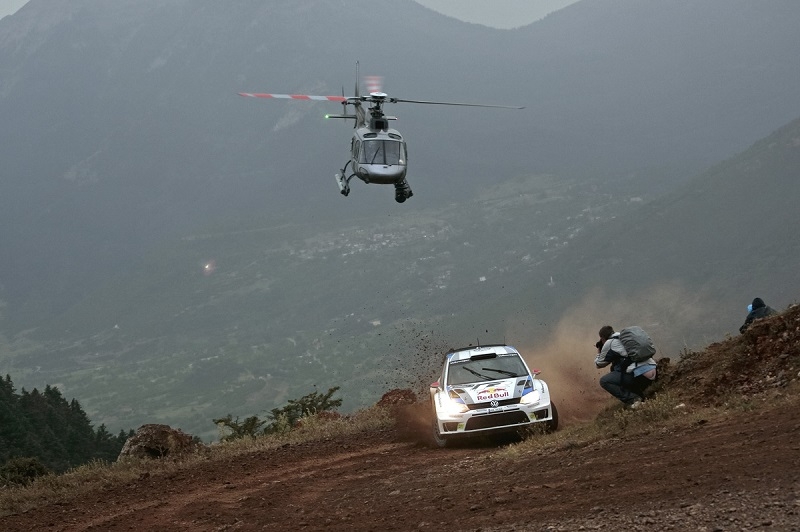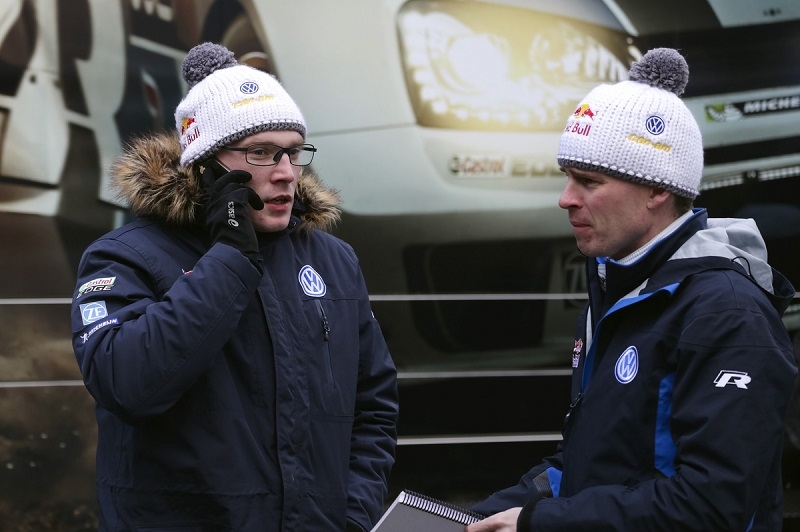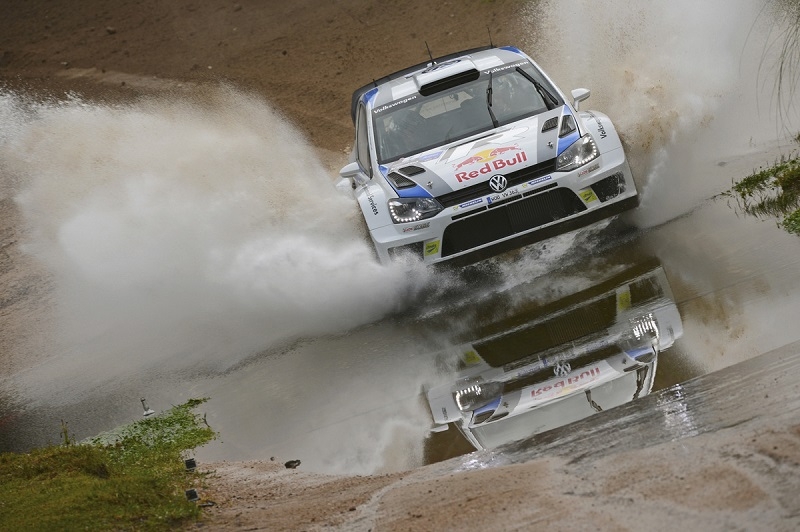Meet motorsport’s highest-flying Finns as they talk Group B, co-driving, and their intra-cockpit relationship.
”If you want to win, hire a Finn.” That is the refrain typically used when talking about racing drivers who hail from the land of a thousand lakes, Santa Claus and saunas. Thanks to a combination of extreme weather conditions, gravel roads and a national culture that sees kids get behind the wheel of karts, snowmobiles, farm machinery and cars from a very early age, it is no wonder that Finland is the country that has produced more World Champion racing drivers per capita than any other nation in the world. But for all the fame and success of F1 drivers like Mika Hakkinen or Kimi Raikkonen, it is in the sport of rallying that the Finns are truly in a league of their own.
That’s where Jari-Matti Latvala and Miikka Anttila come in. They are driver and co-driver for the Volkswagen Motorsport WRC team, and this year finished as championship runners-up for the third time in their career. Jari-Matti started driving when he was just eight, after his father gave him an old Ford Escort, and entered his first WRC event in 2002, when he was just 17. Miikka started co-driving as a hobby in 1993, and in 1995 answered an advertisement from the Finnish Rally Association to train to become a professional, going full-time in 1998. The pair started working together in 2003 and haven’t looked back since; Miikka’s age and experience tempering Jari-Matti’s raw speed and exuberance to win 15 rallies together – including the 2008 Rally Sweden where, at 22 years of age, Jari-Matti set the record for youngest WRC winner ever. Thanks to Volkswagen Singapore, Burnpavement was invited to attend a dinner session with the duo to bring you one of the most in-depth interviews of the Finnish pair ever conducted:
__________
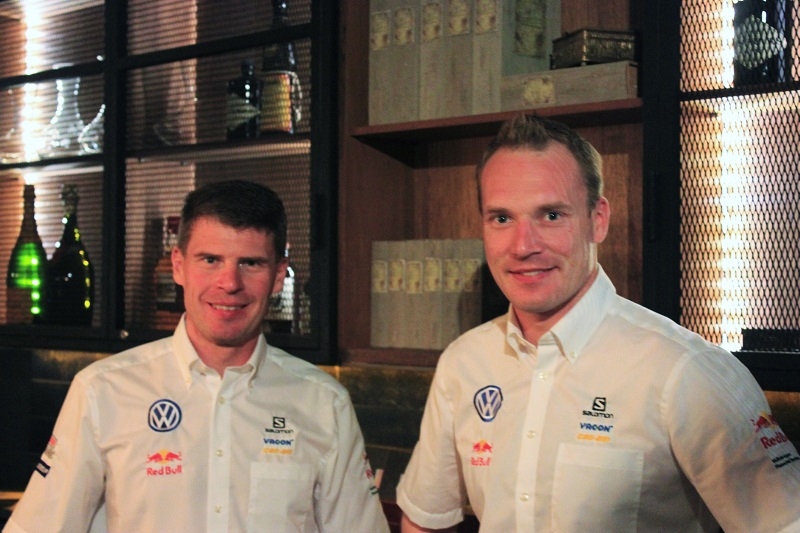
Burnpavement — All motorsports fans know that Finnish drivers have one of the highest standards of race driving. But how tough is the Finnish driving test and what is the process like? We’ve heard that it covers more advanced driving techniques than elsewhere, such as driving at night and in slippery conditions...
Jari-Matti Latvala — Yes and it covers basic car maintenance too. You learn these things after learning how to drive a car in normal conditions, and you have to take this second part of the test between 6 — 18 months after the first; otherwise you cannot keep your licence. You must be 18 years old before you can start driving on the road, although now you can take part in rallies from 15 or 16 years old; but your co-driver has to have a driving license and he will drive the road sections.
BP — Typically after rallies do you guys go back to your respective home countries before the next venue?
JML — Yeah basically we go home after the event, but it can be that we're home only for a day or two and then we have to go for testing or a PR event. Over the year its not so many times where we have one complete week of free time, where there is nothing.
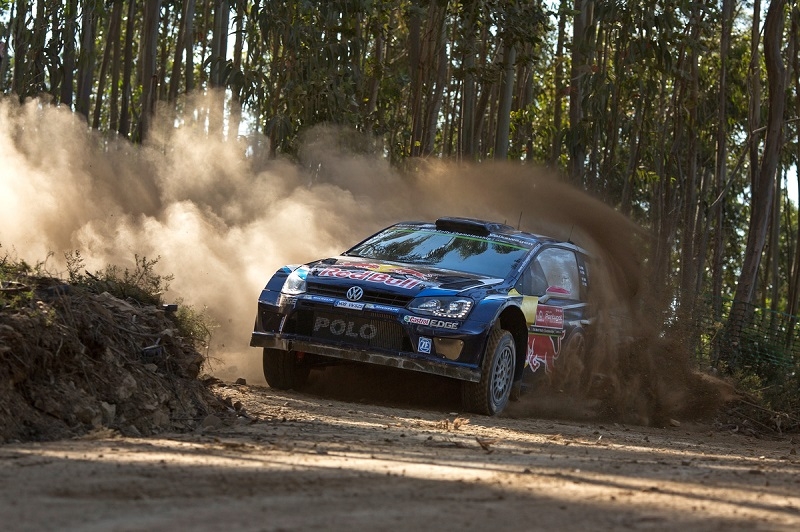
BP — Outside of rallies, is your relationship strictly business, or are you friends outside of work as well?
JML — I think some drivers and co-drivers don’t call so often between events, but what I do with Miikka is we talk regularly between events — usually short calls related to work. But Miikka does have a nice summer house in the centre of Finland and I visit there sometimes, and also for my 30th birthday party, Miikka’s family was there also, so I would say it’s not only business but we are friends as well.
BP — Because this makes it easier to work with each other during the stages, right?
JML — I would say, yes, exactly. If it was strictly business only, and you don’t get to know the other person well, in some situations it can be a bit more difficult when you spend 12 hours in the same car per day — you have to have good stories to tell each other!
Miikka Anttila — If we calculate it, I think we spend about 70 days over a year in the car together in events, so that’s 20% of the year.
JML — And another 21 days of testing, so it’s a lot of time!
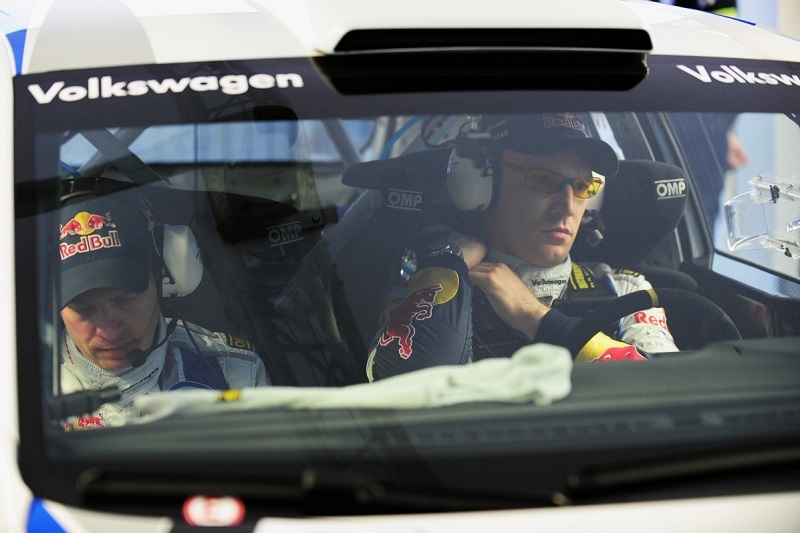
BP — When you negotiate for your contracts and such, do you negotiate together or separately as driver/co-driver?
MA — Basically I think how it goes with the manufacturer teams is that, when they make a contract with the driver, in that contract they say he must appoint a professional co-driver, so that choice is up to him.
BP — (To Jari-Matti) So you chose him?
JML — Sort of. In the beginning I was driving with a different co-driver, but we had a big accident in the British championship and he got hurt, so my manager proposed for Miikka to come with me in the car. Afterwards I drove some events with the co-driver when he recovered from the crash — he was British — but in the end I decided to carry on with Miikka after that. So basically this partnership came from our manager.
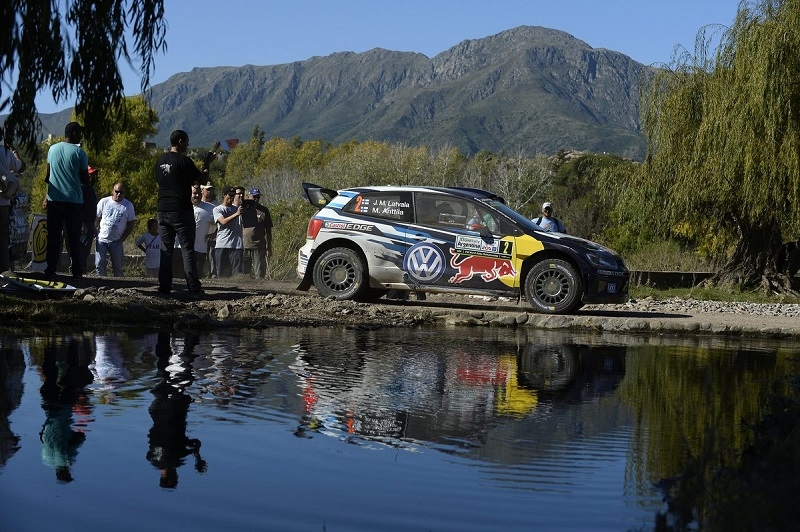
BP— So when you appoint a co-driver, is it up to you to decide how much of the salary to split with the co-driver? Or does the team offer a separate package for them?
JML — I think in most cases the team pays the driver, and then the driver pays the co-driver. There are some co-drivers that have made the deal with the teams, but this is not usual
MA — As far as I know Citroen’s practice is to make the deal separately with the co-driver.
Ingo Roersch (PR Manager)- Volkswagen’s policy is not to do that, because in the end the driver has to feel comfortable, because if you dictate that the driver must pair with this co-driver and they are not happy, then you will never have a successful crew.
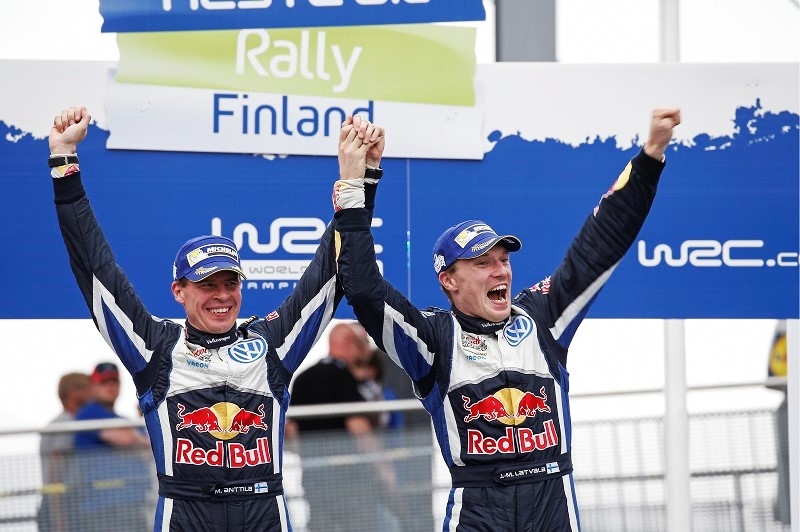
BP — Would you be as effective with another driver or is there a sort of chemistry between you guys?
MA — I think it depends mostly on how well you can cope with the system of a particular driver, because normally every driver has his own preference and the co-driver must adapt himself and understand what the driver needs. There are several co-drivers who have been successful with several different drivers, so I think that one driver can be successful with many co-drivers, but for a co-driver to be successful he needs a very talented driver.
BP — Jari-Matti, has there ever been a case where you found yourself expecting more of Miikka?
JML — No, not really. Its only been a few times where if Miikka has been a little bit late or going a little too early then I will just tell him to wait a moment, or just telling him ”next note, next note". But this is a normal thing, especially when we are driving on a new stage that you’ve never done, or when the conditions are extremely difficult, very very slippy and you are going very sideways. I think this is a more demanding thing for the co-driver because the side windows get blocked and have only a narrow visibility through the front.
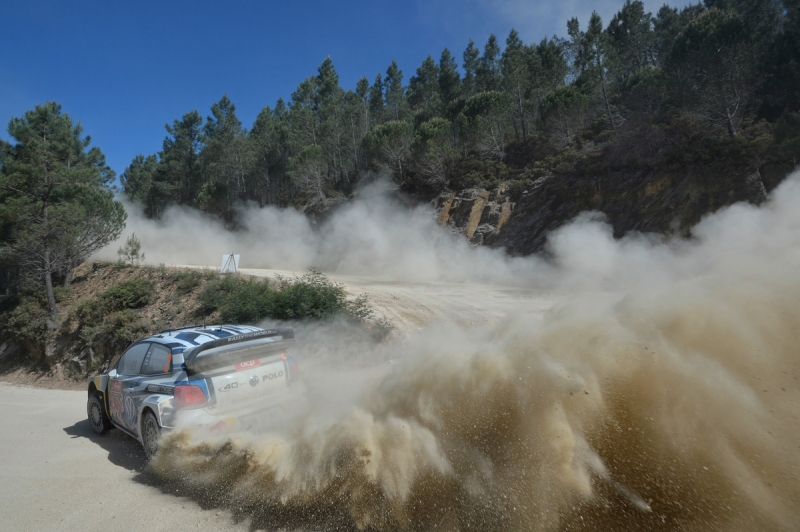
BP— Miikka, co-drivers don’t get enough love in the rally world, so we were wondering, what makes a good co-driver? For the average person watching, it’s just a guy reading out numbers that sounds like gibberish, but what do you think makes a good co-driver better than others?
MA — I think the most important thing for the driver is the writing of the notes, basically. When the co-driver is reading the notes, he must understand the movement of the car. Like if he is reading out notes in a high speed section and then coming up to a slow place, he must understand exactly when the driver needs this information. So basically the co-driver himself must drive the car in his mind all the time. If there is, say a long distance to the next note after a slow corner, the co-driver must understand that this information is not needed by the driver until after they go round the coming corner. But if there is like a fast section then a short distance to a slow section, then the co-driver must think to himself how to maintain the timing of the notes. This I think is the most important thing.
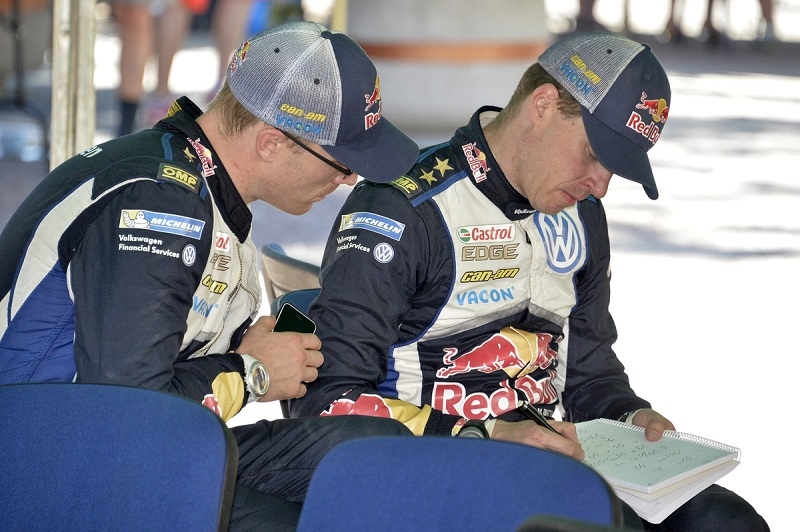
BP — During the shakedowns and recce you need to adhere to road legal speeds, so is it difficult to do up pace notes or drive at the speed limit and then jump in the rally car and drive at competition speeds?
MA — Not really. I think when we are doing the notes the most important thing is to keep your focus and concentrate on what you are doing to try and see if there are any stones or hazards and to describe the road as well as you can. So that when you come in at rally car speeds you know that everything will be perfect and you won't have to think about anything else because all the information is there. The maximum recce speed that we do is 90km/h and that is really enough for all the rallies. Like in Germany the maximum speed we were allowed was 90 but most of the time our average was more like 60km/h.
BP— When you’re doing the recce and you’re not sure about a pace note, like whether a corner is a 5 or a 6, who makes the final decision? (The number in a pace note indicates how sharp the corner is)
MA — The driver. For me, the reason is that normally when the driver is doing the notes, he is looking at the road all the time, so basically he knows the distance to the corner and how tight it is. Whereas for me if I look out of the car it’s only at the exit of a corner, I don’t see how the road at the entry of the corner, because I’m looking down at the pace notes all the time, so for me it would be difficult to judge if the note should be this or that. What is also important is that the driver is the one getting the feeling not only from the steering wheel but also the brakes and everything, so he can feel what the car is doing and it’s easier for him judge the speed and how the corner should be.
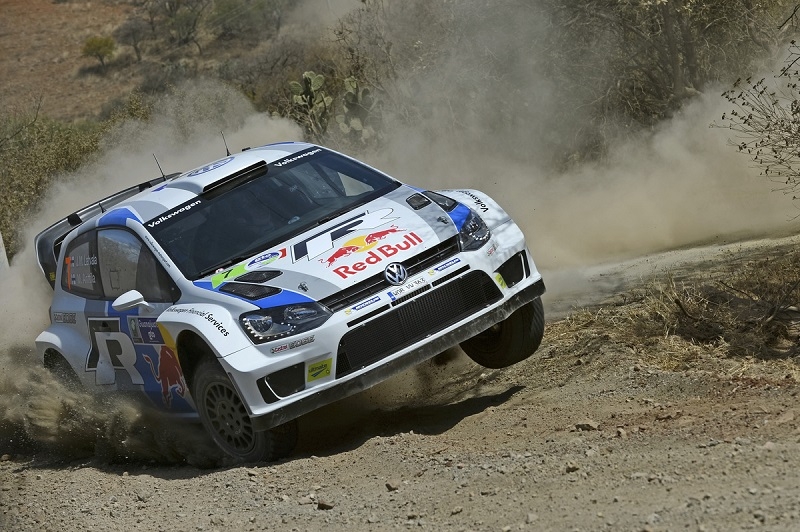
BP — When you’re making new notes for the first time, how do you judge what speed you and the car are able to take the corner at?
JML — Basically for me, the system is: 7 for a T-junction or 90° turn, 8 or 9 for hairpin turns, 1 or 2 for very slight corners, and 3, 4, 5, 6 for tighter turns. The higher the number, the sharper the corner. So as you drive more and more, you get the experience where you start to know, ok, this is 5, this is 3, that is 6… Basically 7, 8 and 9 are easy, as well as 1 and 2. The most demanding part is in deciding between 3, 4, 5, 6, and this is where you can make the all differences in a rally.
BP — As a rule of thumb, how much distance ahead do you need to be in your mind?
MA — One corner ahead, that is the general rule.
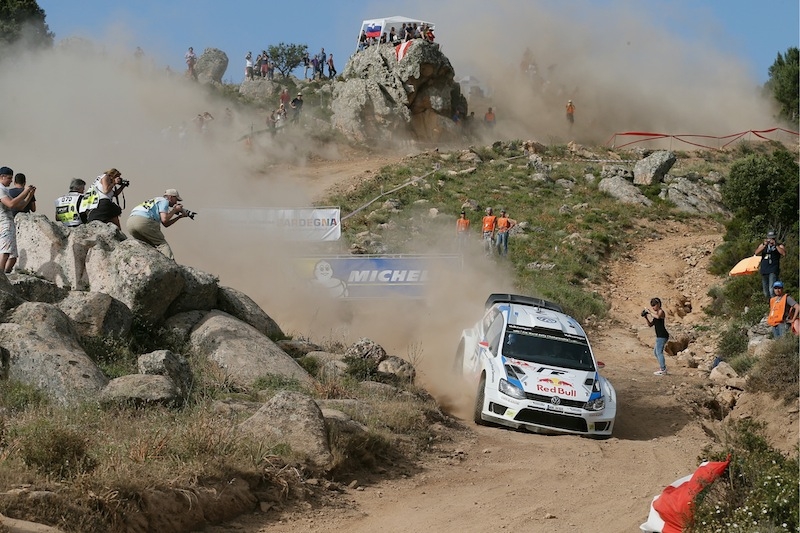
BP — Would you say that a co-driver has a more tiring job, since not only do you have to call out the pace notes, but also act as time control, communicate with the team and help carry out any roadside repairs?
MA — During the rally, yes, there are many things going on all the time which we need to focus on as much as the driver needs to focus in the stages, but I think for me normally the biggest work is at the end of the recce, when we fix the notes in the hotel room. Of course nowadays the drivers are also watching the onboard videos and doing the notes as well, but those are the most busy times for the co-driver. There is an old saying that for the co-driver, the trip home starts when the rally begins, so if you’ve done your job up till that, then everything else feels like the trip home already!
BP — You guys have been driving together since 2003; has there been a big change in the driving or co-driving style over the years?
JML — I think when we started, Miikka was about my age now, and I was a very young boy. I was inexperienced, I was very wild with the driving, very aggressive, my notes were not good… So if I think about where we started, I’m very happy there has been evolution. I was doing my notes in completely the wrong way, but Miikka was helping me a lot with that and we eventually started to get to the right level — I was building them up the wrong way and there was too much information. But even these days you still need to try to improve the notes your driving. If you don’t keep yourself up to date then that’s when you start to lose. The biggest changes I think happened during the first 2-3 years ; when I started with Miikka I was doing a lot of Scandinavian flicks, throwing the car into corners, stuff like that…
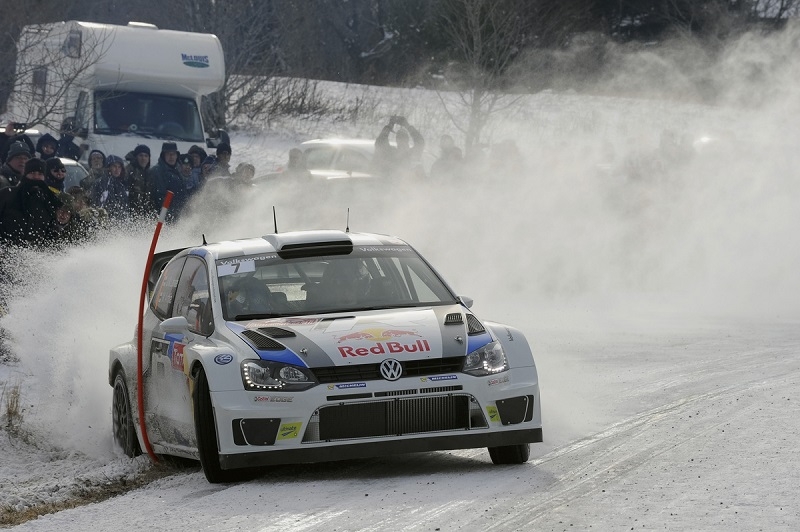
BP — By race car standards, WRC cars are not really impressive on paper. They make only about 310 bhp and weigh about 1.3 tonnes, which is basically road car territory, and they don’t really sound that nice when driving. Is this something the drivers feel is lacking, and do you think the 2017 rule changes will make a difference to drivers? (2017 is the year when WRC cars will undergo a major revamp under new technical regulations; More power, crazier bodywork, louder engines etc)
JML — Yes the amount of power that we have is not so big, but the suspension is amazing in these cars and the corner speeds are very high. When it's raining, when it's very wet, that’s when you feel the lack of power, but in dry conditions I have to say they are fast and the power feels good. But these days the engines — when I think about back in the Group B days in the 80s, when you had 500 or 600 bhp, you had a lot of power but it was all coming in a very short period and you had a lot of peaky turbo lag. These days there is no turbo lag; you push the throttle and the response is straight there, so the drivability has improved so much.
For the driving it’s really good, but of course if you are always in a situation where you are used to the power, you will want more. The new power restriction is I think about 50 bhp more, but they are still keeping the limits of the turbo boost to a maximum of 2.5 bar, because the more the boost increases, the more torque you get, and the situation is such that with more torque, the engine sounds go down, so it is important to keep the turbo boost down so you have to rev the engine more, and that will give the sound. If you compare to old times, you could hear from the sound which car is coming — that’s an Audi, that’s a Lancia, that’s a Subaru, that’s a Mitsubishi — but nowadays the difference is very difficult to hear, so its quite important for me to keep the cars sounding nice. Also, what I would like to is if we could see more flames coming out the exhaust! I have said this to the FIA — that we need to see more flames…
BP - And what did they say?
JML — they said they’ll think about it (laughs). But yeah I was proposing that they do two exhaust pipes. Our rally cars now need to comply with road regulations for the transit sections so we need to have a catalytic converter and a silencer, but in the old days it was just a straight pipe, so I was suggesting we have two pipes — one for the road sections and one for the stages.
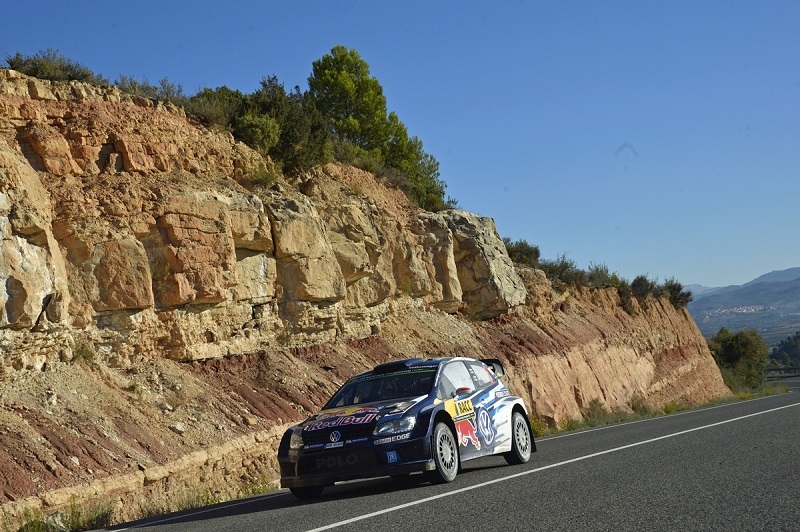
BP — which is your favourite rally location?
JML — Finland. Because it is a high speed event with fast jumps and there is a very very good atmosphere during the event as well; not only from the spectators, but there is also a lot of respect among the drivers and all the teams for Rally Finland.
BP — Have you ever run into any animals crossing the road?
JML — Yeah, but I try to avoid them as much as possible. Once, we hit a deer in Germany, I’ve seen rabbits, some birds… Once during a test we saw moose or elks, but luckily that was after a fast section so we didn’t hit them. In Mexico there are dogs in the roads that we have to avoid, and in Poland sometimes there can be cats in the road too.
BP — As a driver, would you prefer stages to go back to the old days where they were longer and more endurance-based, or do you prefer a shorter, sprint format?
JML — Actually what I prefer is shorter, but a lot of different stages. For the fight it’s better if you have more short stages because it’s more intense and you see the time differences more often. Going back to complete endurance events, I don’t think it’s something that will happen anymore in the WRC — that’s more for the Dakar Rally these days. I mean, even if you do a 60km stage, in today’s cars you can drive them more or less right up to the limit, because they can handle it. In the old days there was more adventure because the cars would break and you had to be careful not to push them too hard, but nowadays the cars are so good you don’t need to be afraid of that.
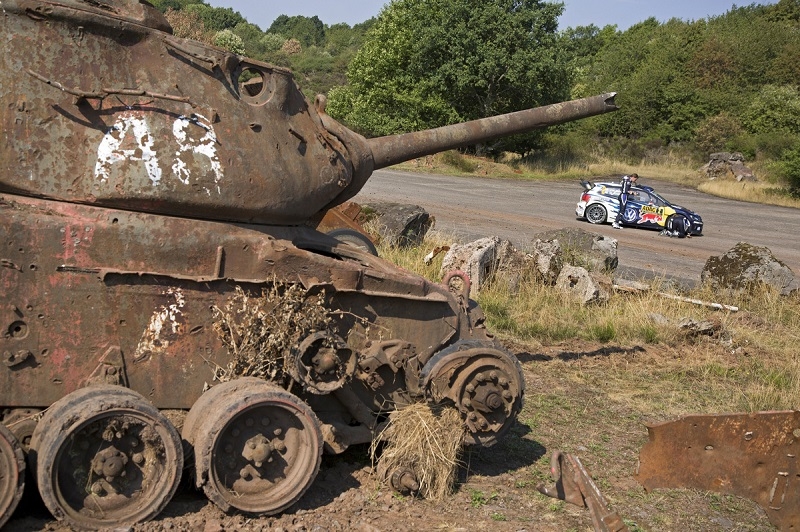
BP — Are there any events that are no longer on the calendar, like maybe classic events, that you would want to return?
JML — Rally Japan, this is one event that I want to get back into the championship, that was a really nice event. The last time we did it was in 2010 in Hokkaido. What else was there…
BP — What about the African rallies like the Safari?
JML — I think the way they had open special stages, it’s too far away from today’s standards, I don’t think it will go back to that. You needed helicopters to go ahead of you; I don’t think it’s coming back these days. But everyone I’ve heard from says it was an experience. Being in Kenya was some of the best rallies they’ve ever done; you see so many different things over there. For sure it would be interesting, but like I said, the standards these days are too far away from what they did in 2001 and 2002. My father actually drove in the Safari in 2001 as a privateer, and he says it was the most expensive and tiring rally he has ever done!
Want to read more about this dynamic duo? Follow this link to Part 2 of our interview!
